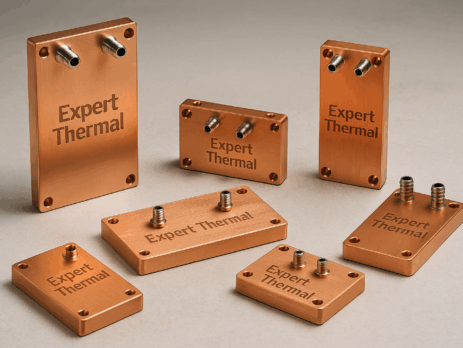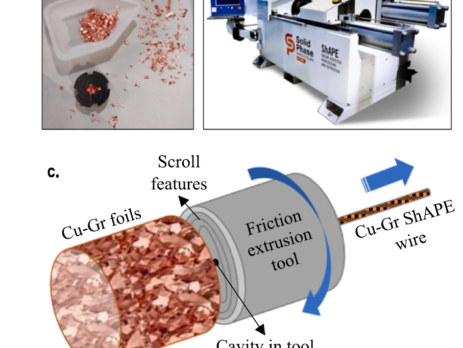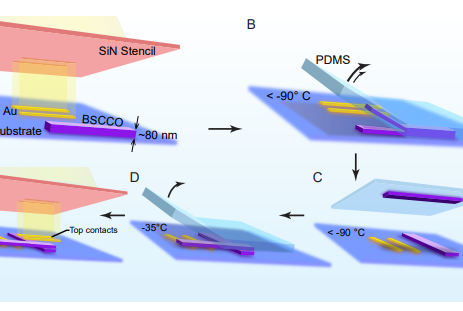Manufacturing Process Characterization:
Process characterization is a systematic approach used to understand, improve, and optimize the manufacturing processes involved in the production of a thermal Top-Level Assembly (TLA) to enhance its thermal performance. By analyzing and characterizing the manufacturing processes, manufacturers can identify areas for improvement, optimize process parameters, and achieve higher levels of thermal performance. Here’s an overview of how process characterization can be applied to improve and optimize the thermal performance of a TLA during product development phases:
- Process Understanding:
– Identify Process Steps: Identify the key manufacturing process steps involved in the production of the TLA. This may include processes such as component assembly, soldering, bonding, thermal interface material application, or encapsulation.
– Define Process Parameters: Identify the critical process parameters that have a significant impact on thermal performance. These parameters can include temperature, pressure, curing time, bonding force, material thickness, or any other relevant variables.
- Measurement and Data Collection:
– Define Performance Metrics: Determine the performance metrics or characteristics that reflect the thermal performance of the TLA, such as thermal resistance, temperature distribution, heat dissipation efficiency, or thermal stability.
– Establish Measurement Methods: Define the appropriate measurement methods and tools to collect data on the identified performance metrics. This may involve thermal imaging, thermocouples, heat flux sensors, or other measurement techniques.
– Conduct Experiments: Perform controlled experiments to collect data on the performance metrics while systematically varying the process parameters. This allows for the characterization of the process performance and its influence on thermal performance.
- Data Analysis and Optimization:
– Statistical Analysis: Analyze the collected data using statistical techniques to identify the relationships between the process parameters and the thermal performance metrics. This can involve methods such as analysis of variance (ANOVA), regression analysis, or design of experiments (DOE).
– Identify Key Process Parameters: Determine the key process parameters that significantly affect thermal performance. These parameters may have a direct impact on heat transfer, component alignment, material properties, or other factors influencing thermal performance.
– Optimize Process Parameters: Utilize statistical optimization techniques, such as response surface methodology (RSM) or design optimization algorithms, to find the optimal values or ranges for the identified key process parameters. The goal is to achieve the desired thermal performance objectives.
- Process Improvement and Control:
– Implement Process Changes: Implement the optimized process parameters and any recommended process changes based on the findings from the characterization and optimization efforts. This may involve adjustments to equipment settings, material selection, process sequences, or operator training.
– Process Monitoring: Establish monitoring and control mechanisms to ensure the implemented process changes are consistently applied during production. This can involve process control charts, statistical process control (SPC), or real-time monitoring systems to track process performance and detect any deviations.
- Validation and Verification:
– Thermal Testing and Validation: Conduct thorough thermal testing and validation to verify the effectiveness of the process improvements in achieving the desired thermal performance. This may include thermal analysis, thermal cycling tests, accelerated aging tests, or other relevant validation methods.
– Continuous Improvement: Foster a culture of continuous improvement by regularly reviewing and analyzing process performance data, soliciting feedback from stakeholders, and implementing further optimizations or refinements as necessary.
Process characterization allows manufacturers to gain insights into the manufacturing processes’ impact on thermal performance and identify areas for improvement. By optimizing process parameters, making informed process changes, and implementing effective process control, manufacturers can enhance the thermal performance of TLAs during product development phases and deliver products with improved thermal characteristics.
Latest Post
Cold Plate Cooling Systems: Design, Optimization, and Application in High Density Electronics
Team Expert Thermal2025-07-21T17:35:47+00:00...
Thermal Interface Materials (TIMs): The Backbone of Efficient Thermal Management
Team Expert Thermal2025-03-13T06:41:30+00:00...
Liquid Cooling for Data Centers: The Key to Unleashing AI and High-Density Computing
Team Expert Thermal2024-12-13T15:28:17+00:00...
The Importance of Thermal Design and Analysis in Product Development: A Key to Success
Team Expert Thermal2024-10-04T03:56:53+00:00...
Innovative Cooling Strategies for AI and HPC: Ensuring Efficiency and Sustainability
Team Expert Thermal2024-09-04T10:53:23+00:00...
The Rise of AI and the Need for Efficient Thermal Management
Team Expert Thermal2024-08-22T13:38:54+00:00...
ShAPE-ing the Future: A New Technique for High-Performance Copper Composites
Team Expert Thermal2024-01-15T11:11:21+00:00...
Contact us
- Address: 7091 Kindra Hill Dr., San Jose, CA 95120
- Phone: +1 (408) 641-1398
- Email:sales@expertthermal.com








